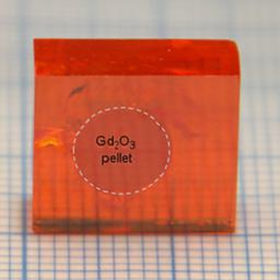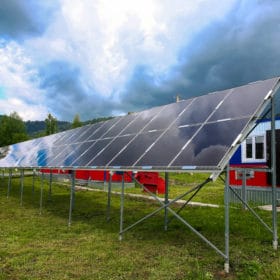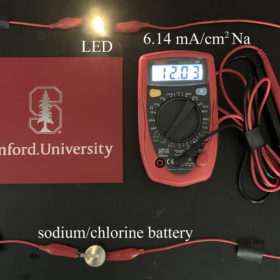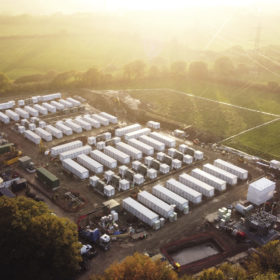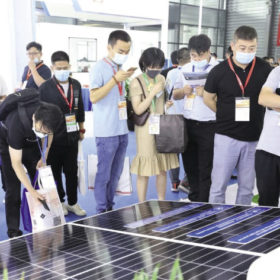Ulrike Jahn wins 2021 Becquerel Prize
The annual EU PVSEC conference started this morning, and the opening session saw renowned PV reliability expert Ulrike Jahn win the Becquerel Prize for her contribution to the development of PV technology.
A new spin on battery manufacturing
Scientists in Germany developed a new process for manufacturing battery electrodes, that they say could be both more cost effective and environmentally friendly compared to current technologies. The technique could be applied to a range of different battery materials/chemistries and its creators say they are in discussion with a number of battery cell manufacturers regarding pilot production.
Perovskites can also detect nuclear radiation
Scientists in Switzerland found that perovskites can be used to detect thermal neutrons emitted by radioactive devices. Taking advantage of several properties that also make the materials attractive for solar cell applications, the group was able to fabricate a novel device that could have various practical applications, including in energy generation.
The role of chlorine in thin film solar
Scientists in the UK have explained the mechanism behind chlorine used to boost the efficiency of cadmium telluride thin-film solar cells. With new understanding of the chemical processes at work in the manufacturing process, the group hopes to be able to push for cell efficiencies beyond 25%.
Measuring impacts, whatever the weather
Scientists in the United States used machine learning to analyze maintenance reports, performance data and weather records from more than 800 solar farms located across the country. The analysis allowed them to determine which weather conditions have the biggest impact on PV generation, and to suggest the most effective ways to boost the resilience of PV installations to extreme weather events.
New alkali metal-chlorine battery promises 6x energy density
Scientists in the U.S. discovered a promising new battery chemistry based on chlorine and table salt. Batteries based on this chemistry can achieve at least six times the energy density of today’s lithium-ion batteries, according to the group that created it. The prototype battery could already be suitable for small devices such as hearing aids, and with further work could be scaled up to larger applications.
Novel battery chemistry for zinc-ion batteries
Scientists have demonstrated a zinc-ion battery that overcomes many of the challenges for this technology. By working with a highly-concentrated salt solution as the electrolyte, the group was able to achieve stability over more than 2,000 cycles combined with a strong electric performance. The group says that its work opens up “a viable route to developing aqueous batteries for emerging electrochemical energy storage applications.”
The weekend read: Energy storage potential
As solar and wind make up larger portions of the energy mix, energy storage is becoming an increasingly important piece of the puzzle in keeping electricity networks running smoothly. And as battery costs fall, new business models are emerging to increase the value of battery energy storage projects for both grid operators and project owners. Focusing on two leading countries – the United Kingdom and Australia – pv magazine looks at what’s in store for large-scale energy storage.
Current affairs
A new white paper published by Chinese module giant JA Solar examines the performance of new large format modules, and compares products based on the two different wafer sizes, 182mm and 210mm, that are set to dominate the market for the coming years. Thanks largely to the impact of very high currents present in the larger of the two options, JA Solar finds that the 182mm products offer a slight advantage in performance. Further, JA notes that any further increases in size would come with more risk than reward, and calls on the industry to return its focus to reaching higher cell efficiencies and yields through new materials and innovations.
Harnessing heat loss with thermionics
Scientists in Canada evaluated the potential of a lesser-known approach to boosting solar generation efficiency. Thermionics uses heat from the sun to generate electricity, and could be combined with photovoltaics to create devices with better than 40% efficiency from a single junction. In their evaluation, the scientists find promising pathways for further research, despite a mountain of challenges that will need to be overcome.



